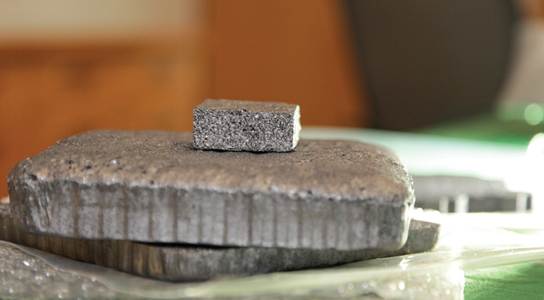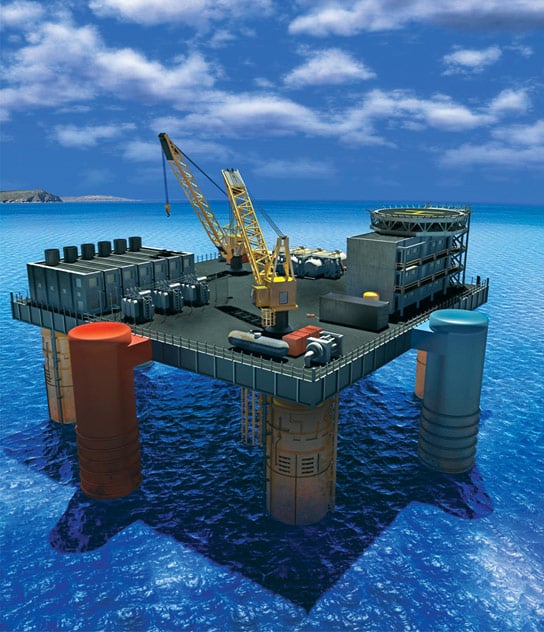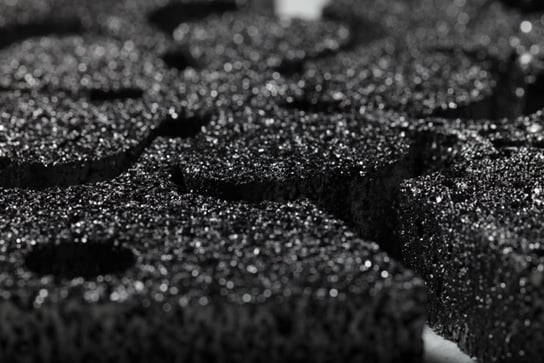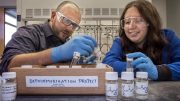
Graphite Foam
Researchers at the Oak Ridge National Laboratory (ORNL) think that they could use graphite foam to harness energy from the temperature gradient in tropical waters, where the difference between surface and bottom varies as much as 70 to 80 degrees.

In the tropics, going down just a couple of thousand feet into the ocean yields a temperature differential of 30 to 40 degrees, which is enough to boil ammonia, drive turbines to produce power, and condense the ammonia to start the process over again. There is no need for any type of fuel. The water that has been cooled down has no ill effects on the oceans. These offshore power stations could potentially generate between 3 to five terawatts of power in tropical latitudes, which is more green energy than is produced by the entire USA.

The main component is an extremely efficient heat exchanger that ORNL thinks could be made out of graphite foam, which has a large surface area, and it’s a very efficient heat conductor. Using graphite foam could halve the cost or double the efficiency of any heat-based power source.
ORNL plans to demonstrate this project in Hawaii sometime this spring. If it works, it could be a very efficient and green way of creating energy.









Be the first to comment on "Graphite Foam Could Harness Energy from Temperature Gradient in Oceans"